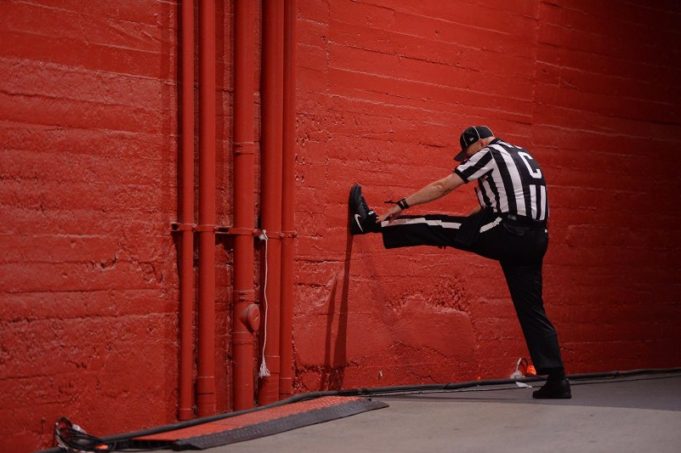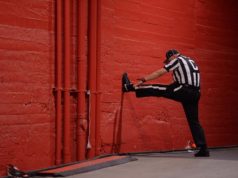W
e all know how crucial warming-up is. But few of us really have a framework to implement when it matters the most. Keep in mind that your warm-up is specific preparation for the game ahead of you. Let me lay out the “Do’s” and “Don’ts” of a pre-game warm-up.
The Don’ts
1. Time is of the essence – Don’t waste valuable time prior to an assignment by adding fluff or movements that don’t prepare you for the specific movements you will preform on the field or court.
2. Stretch out, but how? – Static stretching gets a bad rap these days, and rightfully so. Static stretching can be fine in small doses, but for athletic performance and injury prevention take your muscles through a dynamic warm-up to prep tissues correctly.
3. Foam rolling to failure – Foam rolling can be great for recovery and promoting blood flow to specific areas. It may even be great to add in when you are getting dressed in the locker room as supplemental activity. But it will not close the gap between sitting in the locker room and running full speed in the first minute of the game.
The Do’s
1. Include multi-directional movements – As an official you need to be prepared to move in all directions. Your warm-up needs to reflect this. I think it is critical to add multi-directional movements such as skips, shuffles, backpedals, etc to prepare your body to operate in this fashion.
2. Start slow, finish fast – A warm-up should be designed with the intention to increase body temperature at a progressive pace so that you can safeguard from soft-tissue injuries. Start with some of your slower movements first (i.e. marching, dynamic stretches) and progress through the warm-up period to faster and more dynamic movements (i.e. skipping, sprinting).
3. Dare to sprint – The most important thing that you must be physically prepared for is to run at full speed. Contrary to popular belief, most muscular or soft tissue injuries do not happen as a product of “strength”, but as more of a product of “velocity or speed”. In order to safely sprint at full speed DURING the game, you need to sprint DURING your warm-up period.
I suggest the ending portion of your warm-up to have a few build-up sprints right before game time. Try sprinting 10 yards at 75% speed, then 10 yards at 85% speed, then 15 yards at full speed.
This was a short list of things to keep in mind prior to game-time. This list is not extensive and remember to cater your warm-up to you and your needs. And you can always reach out if you have any other questions or would like to go through a more extensive conversation about your warm-up! Email me at Austin@runninref.com.
Let’s Get To Runnin’
What's Your Call? Leave a Comment:
Note: This article is archival in nature. Rules, interpretations, mechanics, philosophies and other information may or may not be correct for the current year.
This article is the copyright of ©Referee Enterprises, Inc., and may not be republished in whole or in part online, in print or in any capacity without expressed written permission from Referee. The article is made available for educational use by individuals.


















